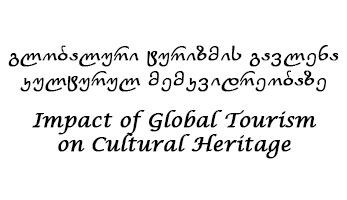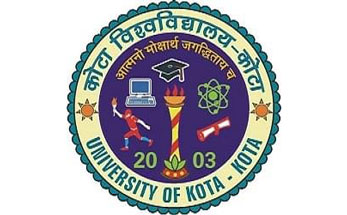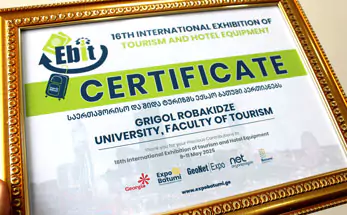International tourism in the modern world creates a global service industry that has a positive impact on the improvement of the socio-economic situation of the country, the income of citizens, social security, education, health, agriculture, as well as cultural heritage and culture. Tourism unites representatives of different views, values, interests and cultures. However, to what extent tourism affects culture and cultural heritage only in a positive way is a subject of separate discussion.
During the categorization of tourism resources, they are grouped into tangible and intangible forms, and among them cultural heritage is one of the main sources. It is the cultural heritage that is the main source of the tourist product of cultural tourism. In addition, cultural tourism is considered the world’s leading tourist destination. Cultural tourism is defined by the United Nations World Tourism Organization as: A type of tourism where the main goal of the traveler is to study, view, experience and enjoy the products of material and non-material culture in various tourist destinations. The mentioned product is a special material, intellectual, spiritual and emotional part of the society that creates art and architecture, historical, cultural and culinary heritage, literature, music, respectively, industries and cultural values. The United Nations World Tourism Organization at the 22nd Assembly of the World Tourism Organization updated this definition in 2017.
In modern scientific literature and studies, the study of the main findings related to the development of cultural tourism is becoming more and more relevant. According to one of the studies of the American International Research Center, the growth rate of the global cultural tourism industry will increase by 6600 million USD in 2023-2027, which means an average growth of 20.7%. The mentioned data is quite high, which implies the active use of all resources and infrastructure related to this industry, including cultural heritage.
The growing dynamics of cultural tourism became the basis for the gradual introduction of strategies for the protection of cultural heritage and sustainable development by developed countries. In addition, the World Cultural Heritage Protection Organization, various international organizations and civil society play an important role in the process of preserving the world cultural heritage.
Development of cultural heritage protection and sustainable strategies by the state clearly expresses the state’s policy in terms of cultural heritage preservation. The main basis for the development of sustainable strategies is the legal, state, governance mechanisms implemented by the state, in particular: it creates normative acts, unites in international profile organizations, introduces successful international experience, regularly takes care of raising citizens’ awareness, creates funds for the protection of cultural heritage, updates civil society with innovative programs and in order to implement measures. This process is a complex system, but the main thing in this system is sequence and interrelationship. Unfortunately, in the modern world, you often find the negative results of the inefficient operation of the mentioned system, on the one hand less effective state policy, and on the other hand, the low level of public awareness for the preservation of cultural heritage.
The opinion that the state’s development of cultural heritage protection and sustainable strategies clearly expresses the state’s policy in terms of cultural heritage preservation can be accepted as a factual circumstance, however, it should be highlighted from the tourist point of view as a resource for creating a tourist product. Broadly speaking, on the basis of state policy mechanisms, it is possible to create a new tourist product, which is related to the sustainable development of the tourism industry. For example, it is possible to cite a historical-cultural architectural monument restored by the state, which later becomes one of the important sources of the tourist product. Experts in the field in the tourism industry well understand the importance of historical-cultural heritage samples, monuments, exhibits. However, in case of “excessive” use, it is possible to damage this resource.
When we talk about impact, we don’t mean only mechanical impact, the intellectual, cognitive component is important. Unfortunately, for the modern tourism industry, especially in developing countries, there is still the challenge of collecting and providing information on scientific and educational sources. Subjects of the tourism industry often provide scientifically inaccurate, less studied, and incorrect information by non-professionals, which in itself has a negative impact on the historical-cultural resource and ultimately creates a wrong perception in a certain part of society in relation to this or that monument, cultural element.
Thus, when talking about the spheres of influence of cultural tourism, attention should be paid to several directions:
- How the state implements the state policy in relation to the tourism industry – this means the implementation of sustainable development strategies and various programs;
- How ready is the tourism industry to create tourism products using the mechanisms of protection of the main resources of cultural tourism.
- Development of protection strategies against mechanical impact;
- Theoretical manuals created based on intellectual, educational, scientific conclusions and their delivery to the user;
- Increasing awareness of elements of cultural tourism using digital technologies;
- Availability of modern computer technologies.
- Production of information campaigns in order to raise awareness;





